December 8-26, 2008
Summary: Despite imminent signs of the rainy season (increased humidity, blazingly intense sun, warm nights, etc) it hasn’t arrived yet, so we took advantage of the time to further prepare ourselves for planting by clearing more trails and digging more holes. I stepped up volunteer recruitment with a new volunteer announcement that I distributed in Canoa and to hostals around Ecuador. Also, I begin overhauling the house/office: fixing things that have never quite worked correctly, rearranging and reorganizing, and giving a serious top to bottom cleaning of nearly everything.
On Monday, Jaime and I went to the greenhouse to drop off compost, clear weeds and continue the fixing of the greenhouse walls and roof.

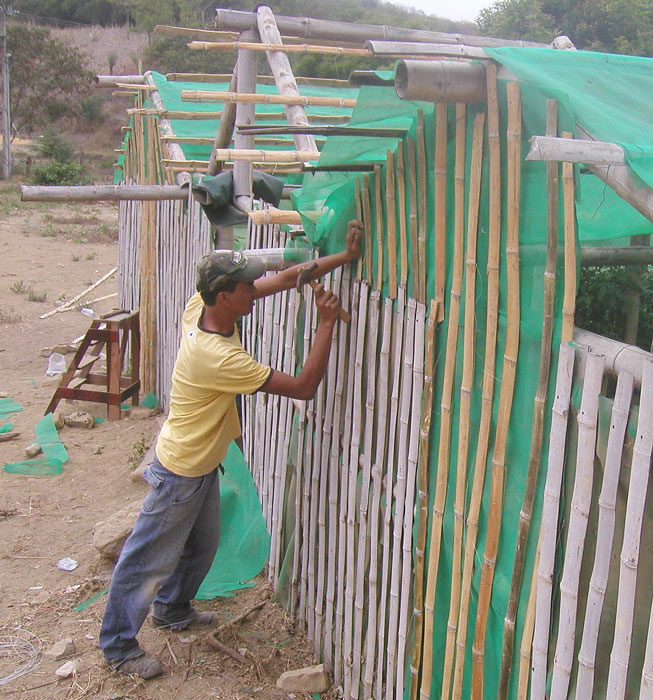
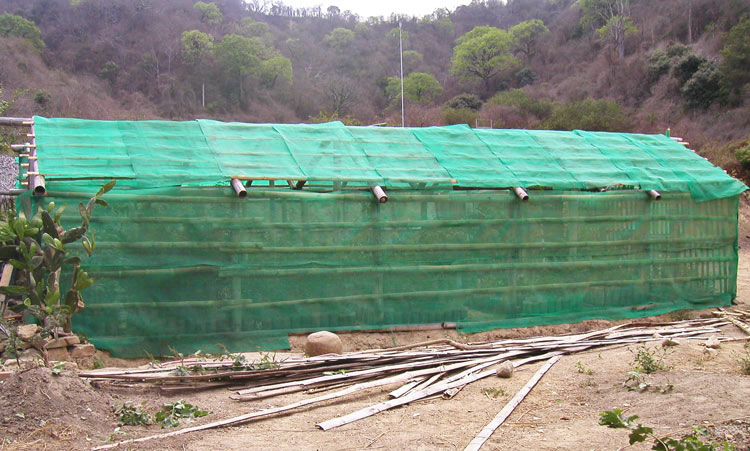
Tuesday we dug 165 holes at the Astillero ‘B’ revegetation site.
Wednesday we revisited the site planted with the University students and with the help of another group of students from the University watered the transplanted trees. The vast majority are doing surprisingly well. After watering we cleaned up some of the trash and clutter around the greenhouse.
On Thursday we went to the Ramon Beletine site (up the Fanca watershed) and cleared a few more rows for planting.
Friday I spent the day doing house cleaning and Jaime took a long weekend.
Monday the 15th, we began digging holes at El Toro. On Tuesday we finished digging holes. There are now 286 holes for trees at the El Toro site.
On Wednesday we dug 115 holes at the Astillero ‘A’ site. From there we went to the Jorge Lomas revegetation site and finished the last of the holes there. We will plant 203 trees at the Jorge Lomas site.
Thursday we started trails at yet another site in the Astillero neighborhood (Astillero ‘C’).

In the afternoon I took volunteer recruitment flyers to Canoa and distributed them to hostals and friendly people we came across on the beach and around town. On Friday we continued macheteing at the new site.
Monday we finished the trails at Astillero ‘C’ and on Tuesday we dug the holes (103).
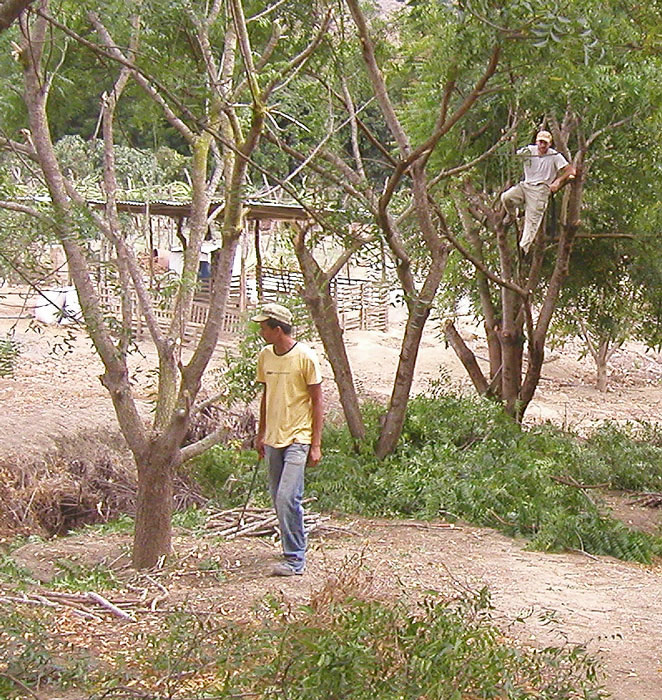
Wednesday I disposed of a truckload worth of garbage and materials from the house, some of which we will recycle at the greenhouse, such as bricks and old boards. Afterwards I met up with Jaime at Ricardo’s farm, where we are harvesting Neem branches for identification stakes at the revegetation sites. Since the goal is to plant 3,000 trees this year, we are going to need 3,000 identification stakes. Fortunately there are lots and lots of Neem trees at Ricardo’s, all of which are chockfull of branches that can be cut into stakes.
Thursday I celebrated Christmas by relaxing in the sun on the beach in Bahia.
On Friday it was back to work again. We did a light day’s work, clearing weeds and straightening up at the greenhouse.


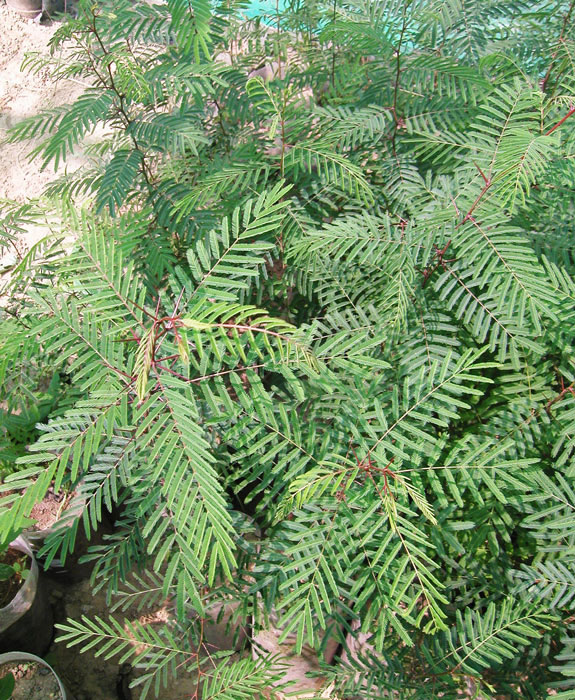
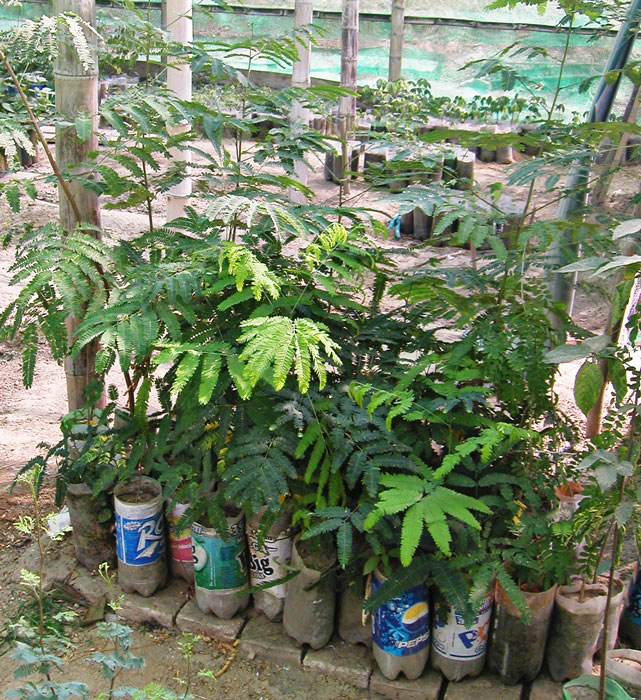

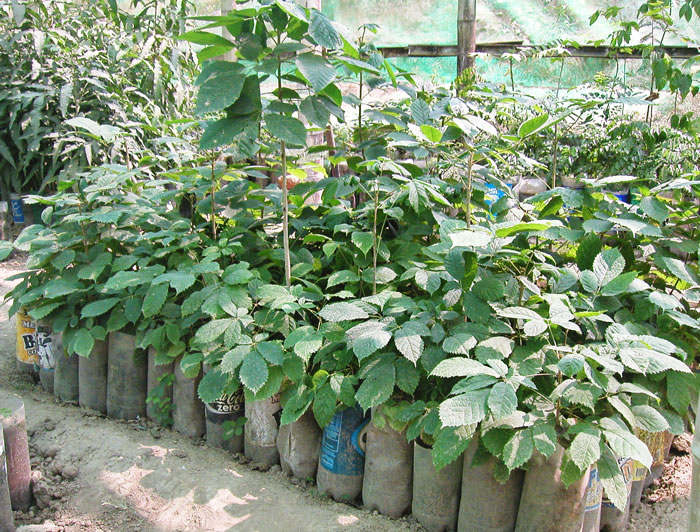
Saturday night there was a rock concert and we were invited by the organizers to set up a display with information about our projects. We hung up the Planet Drum banner and brought a couple dozen trees from the greenhouse and arranged them along the beach wall, next to the stage. A few of the curious concert goers stopped by to find out more. Several interesting conversations resulted, such as an ex-pat who works in the commercial reforestation business (and promotes working with native species) who has contacts with banks that help finance reforestation projects.
Happy holidays,
Clay

Reader Interactions